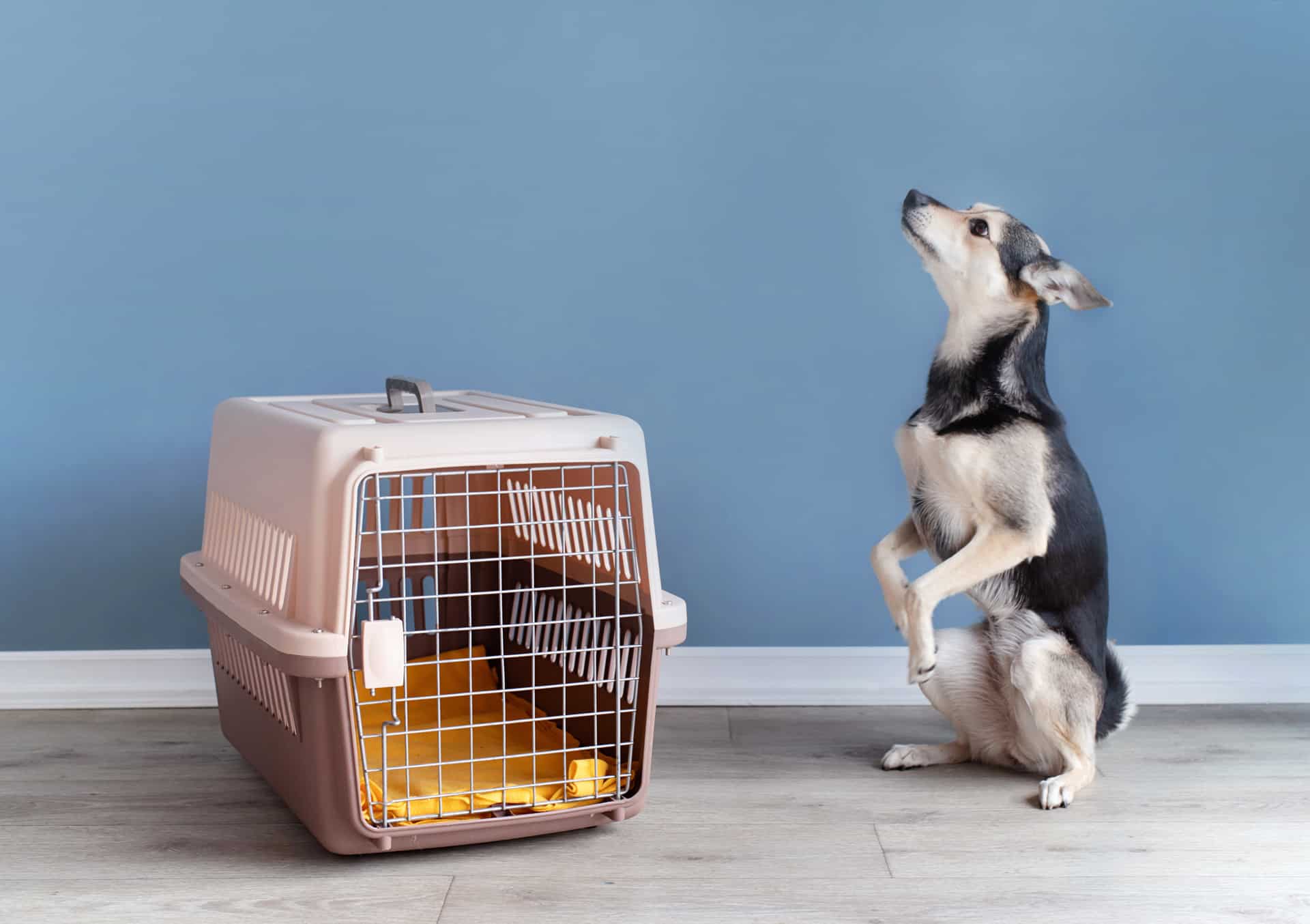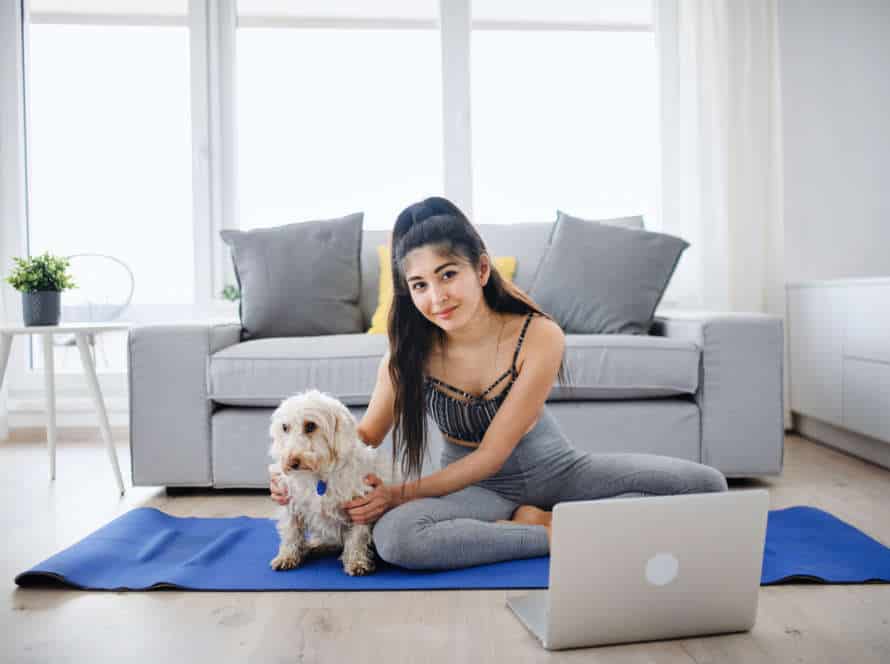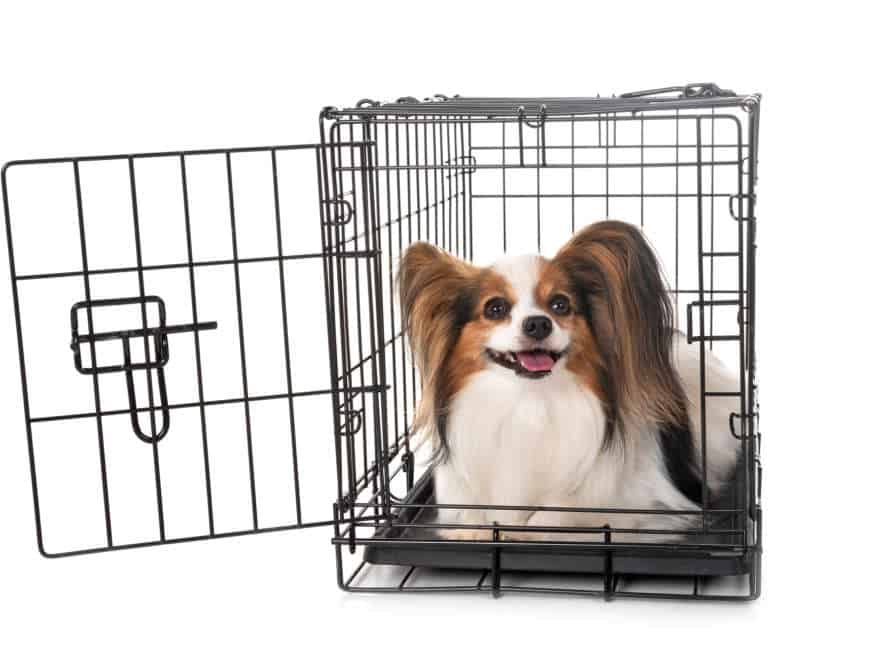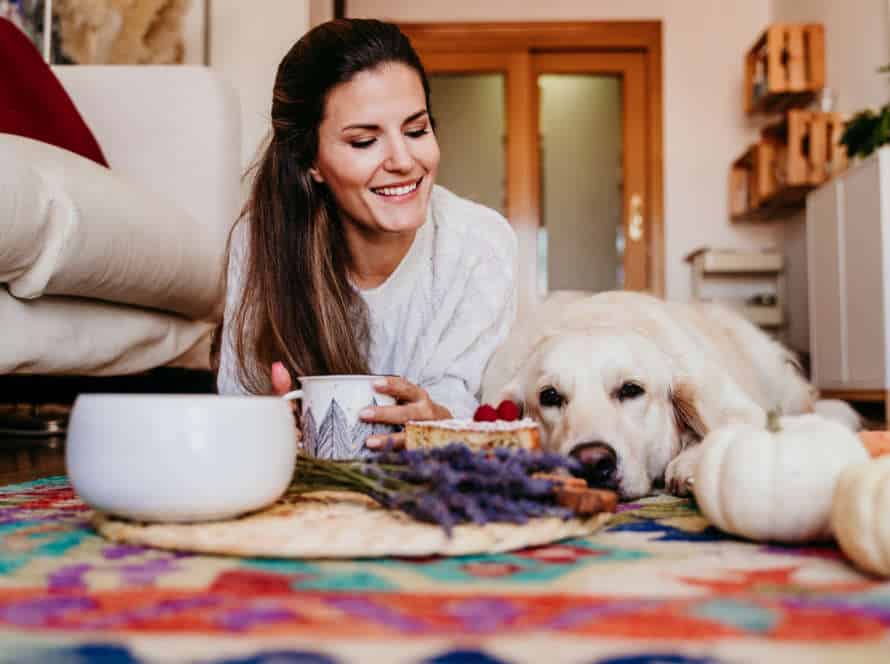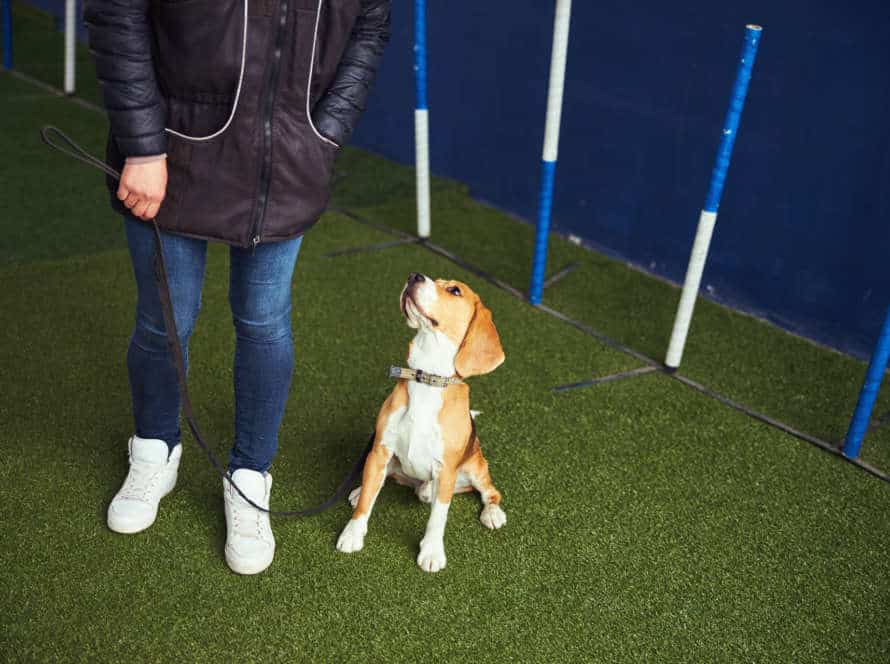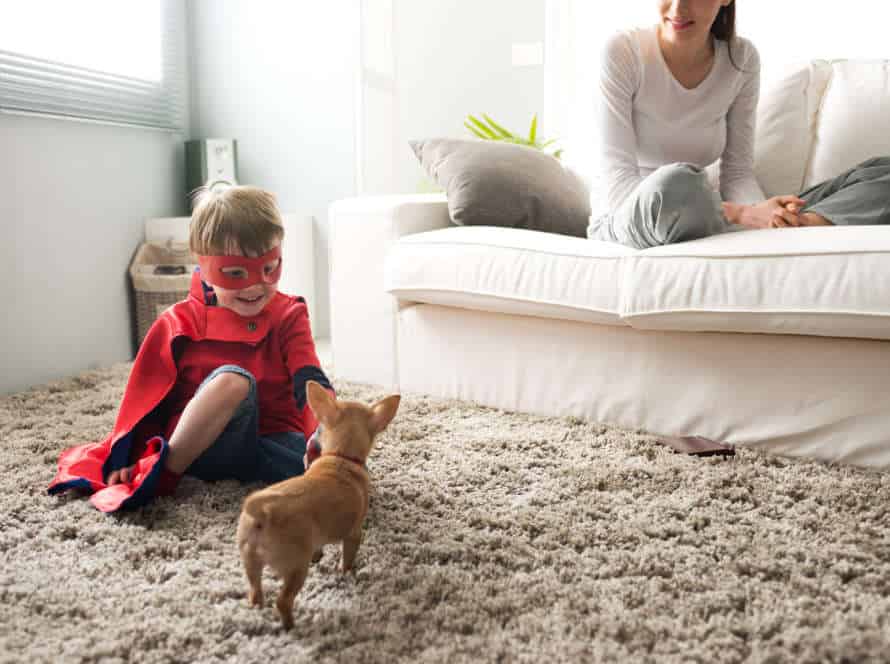Fostering Good Behavior as Your Dog Adjusts to Life Without a Crate
Fostering good behavior in your pup is key to a stress-free transition from the crate. Here’s how:
- Give them a special spot: Routine and having their own area to feel secure are important for dogs.
- Use rewards: Treats, praise and toys will positively reinforce good behavior.
- Make a schedule: Feeding, exercising and playtime should be done consistently.
- Deal with bad behavior: Redirect attention to another activity when your pup does something wrong.
Patience and consistency are key for this process. For help, a professional trainer can be consulted.
Understanding the Crating Period
Bringing a pup or pooch into your home? Crating period key to adjusting. They learn to trust, develop good behaviours, and gain confidence. During this period, set rules, expectations, and routines. Make most of the crating period. How? Let’s take a look!
Benefits of crating for dogs
Crating your pup has several advantages. From helping with training to keeping them safe and secure. Here are some of the perks of crating for dogs:
- Training Aid: Dogs don’t like to go to the bathroom in their sleeping area, so crating helps puppies or dogs that have accidents.
- Safe Place: Crating gives a safe spot for your pup to hide when feeling anxious, and from dangers like cords or poisonous substances when you’re not there.
- Stop Destruction: Chewing furniture or walls is bad for both pup and owner. Crating gives an outlet for this kind of behavior.
- Promote Good Behavior: Crating trains your pup to be calm in their space. This helps with behavior outside of the crate too.
Remember, the crate should never be used as punishment. And it should be big enough for them to stand, lie down, and turn around comfortably.
Negative effects of crating for dogs
Crates can be useful for training and managing dogs. But, if used too much or wrongly, it can have bad effects on the dog’s physical and mental health. Here are some of them:
- Physical Pain: Being in a crate for too long can cause joint pain, stiffness, and even arthritis.
- Anxiety and Stress: Feeling trapped in a small space can lead to excessive barking, destruction of property, and aggression.
- Incontinence: Dogs that are crated for too long may start having problems with their bladder and bowels.
- Lack of Socialization and Exercise: With crating, a dog won’t get enough of these which are important for its well-being.
It’s important to use crating in the right way and not too much, to make sure your pet is safe.
How long should you crate your dog?
Crating can be a great way to help your pup adjust to life at home. But, how long to crate for? Here’s the guidelines:
- Pups under 6 months: Crate for no more than 3-4 hours.
- Adult dogs: 4-6 hours, max 8.
- Special needs: Consult your vet to decide.
Plus, remember to balance crating with exercise, training, and love – not punishment!
Prepping for Life Without the Crate
No crate? No problem! To make sure your pup and everyone in the house is safe and happy, here are some tips for you. Be mindful of pup behaviour & expectations. Attitude & prep are key for good behaviour. Ready? Let’s explore these tricks for a no-crate life!
Identifying trigger behaviors
Identifying trigger behaviors is a must for prepping for life without the crate and for helping your dog adjust. Trigger behaviors are specific things that cause your dog’s worry or misbehavior. Spotting them lets you address and stop the negative behavior in the future. Here’s how to identify your dog’s triggers:
- Observe their behavior in different situations; look for any patterns.
- Notice signs of anxiety, like panting, pacing, or avoiding eye contact.
- See what causes the anxiety or misbehavior.
Once identified, you can desensitize the triggers or modify the behavior through training and positive reinforcement. Remember: consistency and patience will help you see progress.
Introducing and reinforcing new routines
Transitioning your pup out of its crate can be hard. But, there are ways to make it simpler while boosting good behavior. Here’s some advice:
- Gradually increase their time out of the crate.
- Create a new routine of supervised freedom.
- Make sure they have enough physical and mental exercise.
- Use positive reinforcement and rewards for good behavior.
- Designate an area in your home where they can relax. A den or bed would be great.
- Stay consistent with your routine. Offer them a sense of structure and stability.
With patience and consistency, your pup can learn to adjust without a crate and good behaviour will follow.
Pro Tip: Every dog is different. The transition might take a while for some. Be understanding. Observe their behaviour to keep them safe and happy.
Adjusting your dog’s diet and exercise regimen
For your pup’s health and happiness, you should adjust their diet and exercise. Here are some tips to keep them in great shape:
- Ask your vet what the best diet for your pup’s breed, age, and activity level is.
- Check your dog’s weight regularly, and give them food to stop obesity or malnutrition.
- Exercise your pup daily – walks or fetch. How much exercise depends on their age, breed, and health.
- Puzzles or training sessions help stimulate their mind.
- Gradually change their diet or exercise routine to stop digestive problems or injuries. Observe their behaviour and adjust if needed.
Pro Tip: Every dog is unique. Watch out for their individual cues, and talk to your vet if you’re worried about their health or behaviour.
Training Your Dog for Life Without the Crate
Training your pup without a crate? Let’s make it happen! Foster good behavin’. Create a positive relationship between you and your pup. Make expectations clear and provide rewards for desired behavior.
Here’s the steps to help adjust to life without a crate:
- Give lots of love.
- Set boundaries.
- Show ’em what’s expected.
- Reward the waggin’ tail!
Positive reinforcement training techniques
Positive reinforcement training is a great way to show your pup love and help them adjust without a crate in the house. Here are some techniques you can use:
- Rewards-based training: Reward your dog with treats, toys, or verbal praise for good behavior. This boosts their confidence and encourages good behavior.
- Clicker training: Link the “click” of a clicker with a reward. This helps them understand what’s expected.
- Marker words: Use “yes” and “good” to signal good behavior. This helps your pup know what’s right and wrong.
- Consistency: Consistent reinforcement is key. This builds trust and strengthens your bond.
Positive reinforcement training is humane and effective. With patience and consistency, your dog will become a happy, well-behaved member of the family.
Establishing boundaries and limits
Having well-defined boundaries and limits is vital when training your dog to live a crate-free life. These tips can help:
- Consistency – Everyone in the home needs to stay consistent with commands and expectations.
- Patience – Be patient with your pup; don’t expect quick results.
- Positive Reinforcement – Use rewards such as treats, toys, and praise to reward good behavior.
- Firmness – Be firm, but never use physical punishment or negative reinforcement.
- Clear Rules – Set clear rules and follow them to avoid confusion.
- Practice – Consistently practice and reinforce good behavior to help your dog adjust without a crate.
Addressing separation anxiety or other negative behaviors
Dogs can feel anxious or act up when they move out of their crate. To help them, use positive reinforcement training. Here are some tips:
- Start by leaving your pup alone for a little while.
- Encourage them with treats or praise when they do something good.
- Set up a routine, like regular feedings and playtime.
- Give your dog fun puzzles while you’re away.
- If the problem persists, get a pro trainer’s help.
- Remember, each pooch is unique. Patience and consistency matter.
Monitoring Your Dog’s Progress and Adjusting as Needed
Monitor your pooch’s progress regularly as it adapts to life without a crate. Be aware of its actions and reactions in different places. Maybe you need to alter the exercise and activities to ensure your pup gets the correct stimulation and encouragement.
By taking the time to encourage good behavior, your dog can adjust better to living without a crate.
Recognizing positive changes
Note positive changes in your pup’s behavior, and track their progress. It’s a must for helping them adjust to life outside a crate.
Here are a few alterations that show they’re doing alright:
- Confidence: Your pup will explore more and feel comfy in different parts of the home.
- Anxiety reduction: They’ll show less destructive behavior and less whining, pacing, or barking.
- Obedience improvement: Your dog will obey instructions and respond positively to routine.
Alter their environment, daily routines, and training as needed. Each pup is unique and may take longer to adjust than others. Pro tip: Consistency and patience are surefire ways to a successful transition.
Modifying activities or routines as needed
Modifying activities and routines is important for monitoring and encouraging good behavior in dogs without crates. Here’s what to do:
- Observe your pup during the first few days and weeks of crate-free living.
- Identify triggers or stressors that cause bad behaviour.
- Create a routine with regular meals, exercise, play, and nap times. Adjust it to your dog’s needs.
- Use positive reinforcement for good behavior, like treats, praise, or toys.
- If bad behavior, distract them with a toy or treat, or take them away from the situation.
Pro tip: Be patient and consistent as your pup adjusts to life without a crate. With time and effort, you’ll see changes in their behavior.
Seeking professional guidance if issues persist.
Foster good behavior in your pup, whilst monitoring progress when they adjust to life without crate. If issues persist, seek professional guidance. Here’s why:
If your dog chews furniture or digs holes.
If they still have potty accidents, even after potty training.
If they display aggression towards people or other animals.
A professional dog trainer or behaviorist can provide you with tailored training and guidance, specific to your pup. They can help you find the root cause of the behavior and teach you how to modify it. Each dog is unique – what works for one may not work for another. Seeking help from a pro is a proactive step to foster good behavior and ensure the well-being of your furry pal.
Frequently Asked Questions
Q: How long does it take for a dog to get used to not being in a crate?
A: It varies from dog to dog, but generally it takes about 2-3 weeks for a dog to adjust to life without a crate. Be patient and consistent in your training.
Q: Should I leave my dog alone outside of the crate right away?
A: No, it’s important to gradually introduce your dog to being outside of the crate. Start with short periods of time and gradually increase as your dog becomes more comfortable.
Q: How can I prevent my dog from chewing on things when they are outside of the crate?
A: Make sure your dog has plenty of chew toys and bones to redirect their chewing behavior. You can also use bitter spray on items you don’t want your dog to chew on.
Q: How do I teach my dog to behave when they are outside of the crate?
A: Consistency is key. Reward good behavior and redirect unwanted behavior with positive reinforcement. Make sure to establish rules and boundaries and stick to them.
Q: Should I still use a crate for my dog when I am not home?
A: It depends on your dog’s behavior. If your dog is well-behaved and has adjusted well to life without a crate, then it may not be necessary. However, if your dog has a history of destructive behavior, it may be best to continue using a crate when you are not home.
Q: Can I still use a crate as a training tool even if my dog doesn’t use it for sleeping or confinement?
A: Yes, a crate can still be a helpful training tool for activities such as potty training and teaching your dog to settle down and relax on command.

